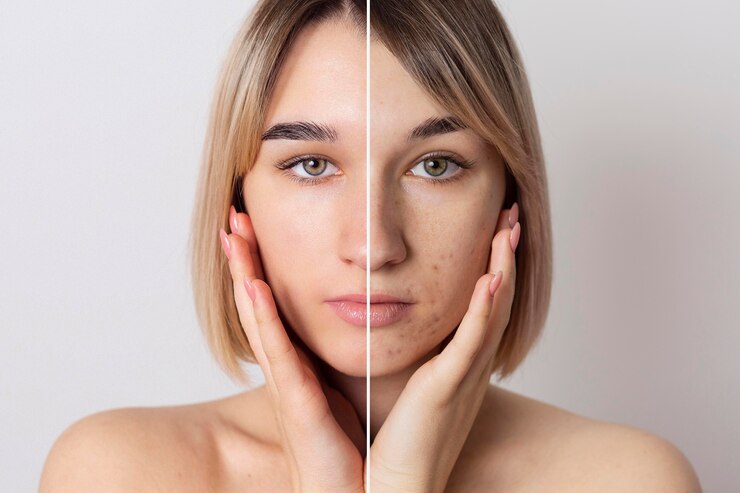
Pigmentation treatment refers to procedures designed to address skin discoloration or uneven skin tone, such as dark spots, melasma, sun damage, freckles, or post-inflammatory hyperpigmentation (PIH). These treatments aim to lighten or remove areas of excess pigment to create a more uniform skin tone.
